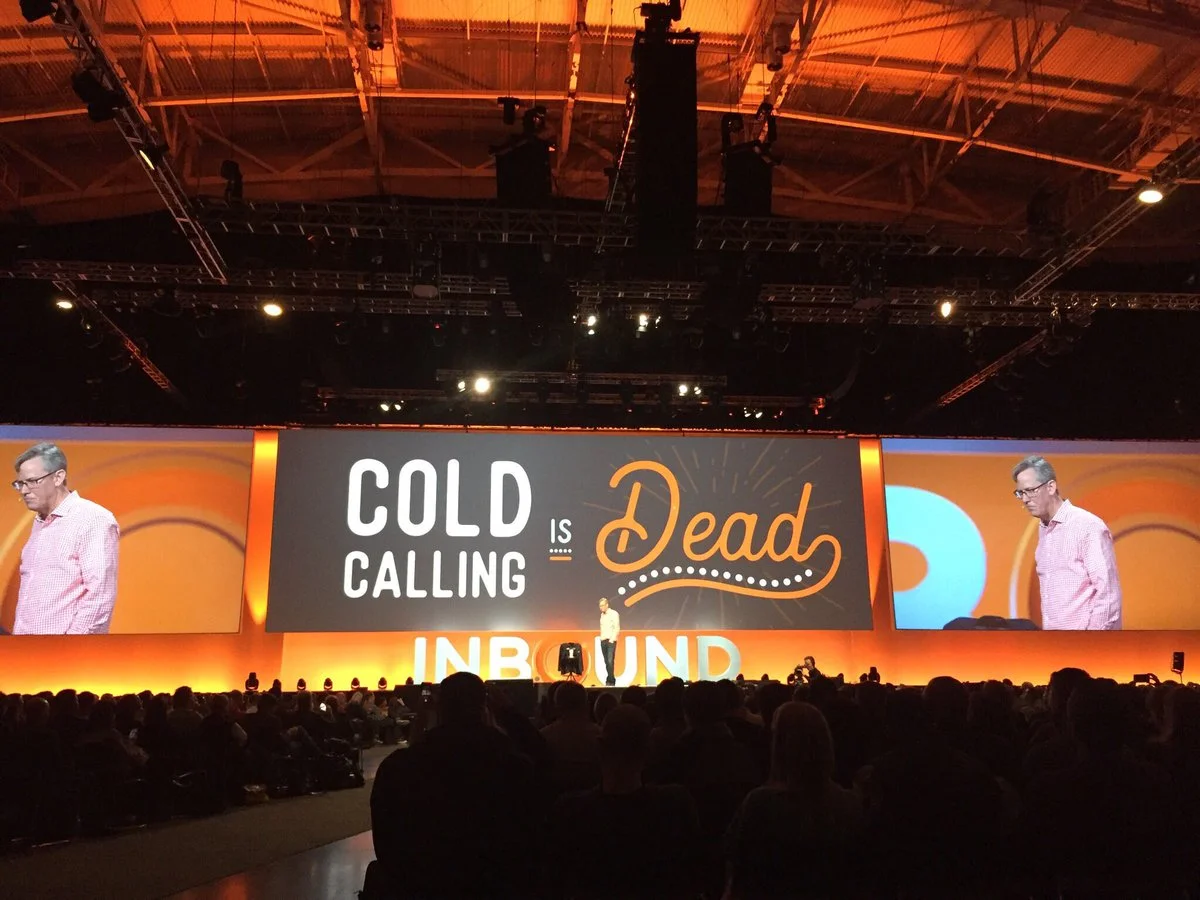I recently had the pleasure of working at INBOUND 16 - the annual inbound marketing and sales event organised by HubSpot. Held over four days, this impressive industry gathering attracted over 19,000 attendees who came together to network, learn and improve.
I was fortunate enough to spend time with HubSpot prospects, clients and partners during the event, and from these discussions I developed a deeper understanding of their needs and more importantly, how we can help them be more successful. This reaffirmed my belief that there is no substitute for getting out and speaking face to face with people who use or are going to use HubSpot.
Thoughts from the World’s Largest Inbound Marketing Event
INBOUND 16 also gave me the opportunity to get involved by supporting product demonstrations, undertaking social media listening during Brian Halligan and Dharmesh Shah’s keynotes, as well as Christopher O’Donnell’s product spotlight and working on the help desk. It was a privilege to play a small part, in a big event that just keeps on getting better.
During INBOUND 16 there were a number of exciting developments. Here are five that stood out:
1. Introducing the growth stack
Without doubt the growth stack was the big theme of INBOUND 16. As new trends and technologies emerge, often a new and succinct name is required to encapsulate what’s happening. Enter the growth stack. It’s a new concept which makes a lot of sense when you consider HubSpot’s excellent offering or “stack” across marketing, sales and customer relationship management (CRM), which combine seamlessly to help clients grow.
But the growth stack is more than a phrase. It’s a galvanising idea that we’re organising our teams around and reflects how many leading businesses think or are starting to think about the technology powering their teams. The lesson here is that by defining new terminology and investing in thought leadership to nurture, propagate and share it, you have the potential to become synonymous with it. Deep expertise or “ownership” of an emerging area can be a competitive advantage.
2. Multi-product means more opportunity
HubSpot is now a multi-product company with industry leading marketing and sales tools available to buy (the CRM is free). Evolving from a single product company to a multi-product one is challenging, but it’s also a big opportunity. We now have the chance to sell to more customers, as well as generate more revenue from up and cross-selling. Selling to the existing client base is often quicker and cheaper than acquiring new customers via marketing, so moving to multi-product means we have another lever to increase customer lifetime value (LTV), while potentially reducing customer acquisition cost (CAC).
3. Freemium product play
One of the most significant announcements is the launch of HubSpot Marketing Free. As its name suggests, clients can use this product for free and take their first steps towards lead generation and marketing automation. It has much less functionality than HubSpot Basic, but provides people with the tools to start seeing value quickly. And they have the option to upgrade to unlock further functionality.
This play is HubSpot’s first into the freemium business model for its marketing product and will no doubt provide a rich source of product qualified leads (PQLs). The move is an opportunity for HubSpot to compete with the increasingly cluttered, low cost, point solution segment and accelerate the nurturing of free users to paying customers. Small businesses are now able to start using HubSpot at a much earlier point.
4. Value of a vibrant community
Be in no doubt. Inbound marketing and selling is a movement that is bigger than HubSpot. Some of the INBOUND 16 attendees are HubSpot clients, but many of the people who travelled to Boston to become better marketers and sales professionals are not. And that’s perfectly fine. If people learn about inbound marketing and want to launch an inbound strategy at their company, that’s fantastic. We hope (and feel) we’ll be well positioned when the time is right for that person to buy the software to power their strategy. Whenever that might be.
While the aim of INBOUND 16 is to unite, educate and delight the inbound community and provide value to them, it does also present a fantastic opportunity for the HubSpot sales organisation during and after the event.
5. Move towards content clusters
Brian Halligan and Dharmesh Shah both used their keynotes to share how search has changed. Indeed, they set the scene for Christopher O’Donnell who unveiled HubSpot’s new Content Strategy tool. The tool reflects how search engines now organise information and represents a new way of thinking about search engine optimization (SEO).
The tool’s premise is that marketers should stop fixating on links and instead focus on clusters of content organised around a topic. For instance, if the topic is “inbound marketing” then the clusters linking to it could be “inbound marketing strategy”, “inbound marketing certification” and “inbound marketing examples”. Creating content around topic areas in this way will help marketers build an area of influence that will attract qualified website traffic. This is how marketers should now think about search, content and link building.
I’m delighted, energised and thankful that I attended INBOUND 16. I learnt a lot from watching the HubSpot company keynotes and products spotlight, as well as meeting prospects, clients and partners. If the company keynotes and product spotlight provided the “what”, meeting HubSpot clients provided a timely reminder of the “why”. We have a lot of hard work ahead in 2017 and beyond, but even more to look forward to.
